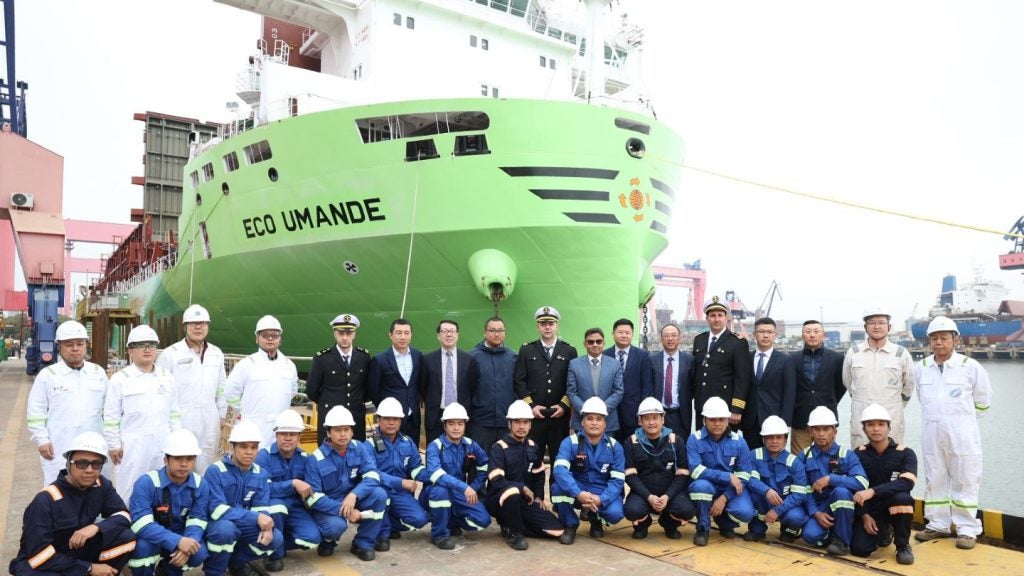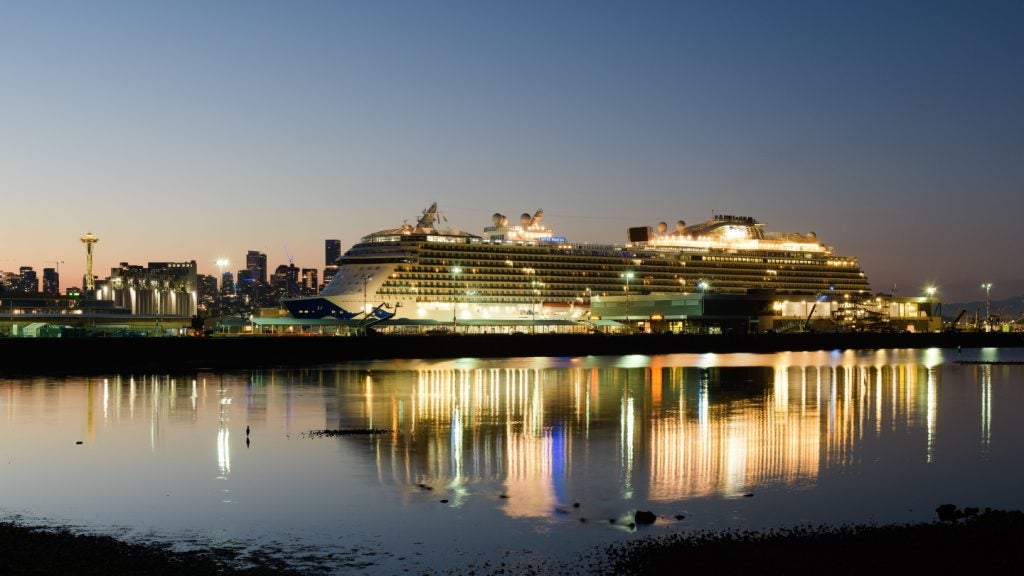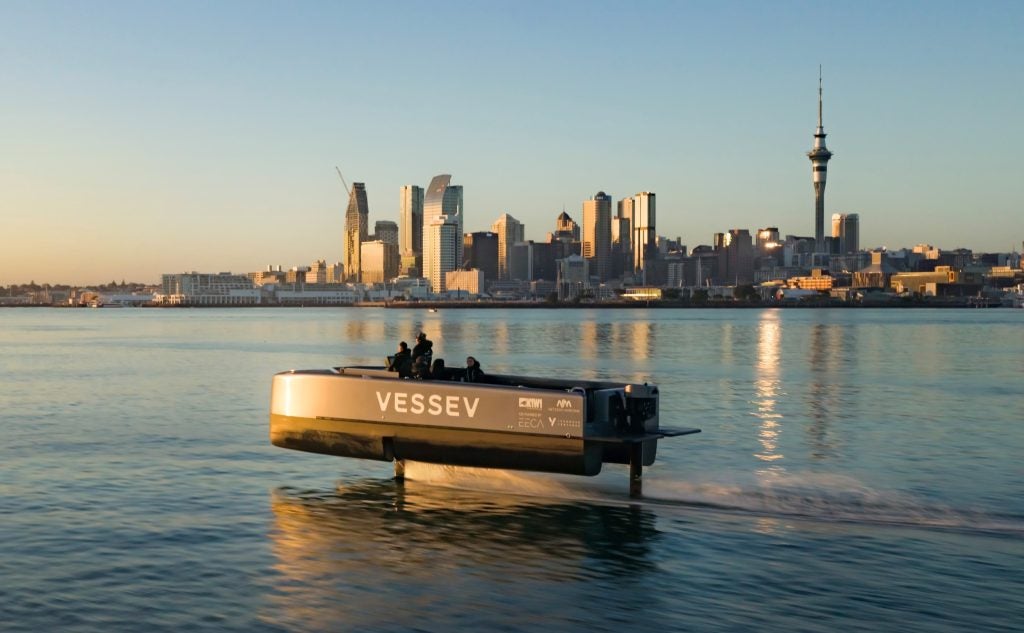South Korean shipbuilder Hyundai Heavy Industries (HHI) has received final test approval from the government of South Korea for an eco-friendly electrolysis HiBallast ballast water treatment (BWT) system.
HHI’s new HiBallast system treats seawater by filtering and sterilizing bacteria and plankton bigger than 50 microns through electrolysis and can sterilise up to 8,000 cubic metre of water an hour.
The new BWT system has special coatings on electrodes which help in reducing power consumption as well as lengthen the product lifespan.
The South Korean shipbuilder received approval in March for its ‘EcoBallast’, which sterilises seawater using ultraviolet rays.
The new BWT system is the second ballast treatment system developed by the company and it has already received orders for HiBallast and EcoBallast systems to be installed in 30 ships.
How well do you really know your competitors?
Access the most comprehensive Company Profiles on the market, powered by GlobalData. Save hours of research. Gain competitive edge.

Thank you!
Your download email will arrive shortly
Not ready to buy yet? Download a free sample
We are confident about the unique quality of our Company Profiles. However, we want you to make the most beneficial decision for your business, so we offer a free sample that you can download by submitting the below form
By GlobalDataBallast water is seawater used to stabilise hull balance when unloading cargo and maintain optimal vessel speed.
The seawater needs to be treated as it can contain bacteria, local plankton, mud and sand from the unloading port where the ballast water has been taken in and as the ballast water is released, it might impact and disturb the marine ecosystem.
International Maritime Organization (IMO) has made it mandatory on the installation of BWT on vessels which are built from 2012 and in operation from 2017 in a bid to prevent marine pollution.
Hyundai Heavy Industries expects the market for ballast water treatment systems to reach more than $13bn by 2016 after the new regulation comes into force.
Earlier in 2011 the company delivered a 317,000dwt VLCC (very large crude oil carrier) to the Oman Shipping Company (OSC), which is equipped with the new electrolysis BWT system that can treat as much as 100,000 tons of ballast water.
The 317,000dwt VLCC had a length of 333m, height of 60m and depth of 30.4m.







